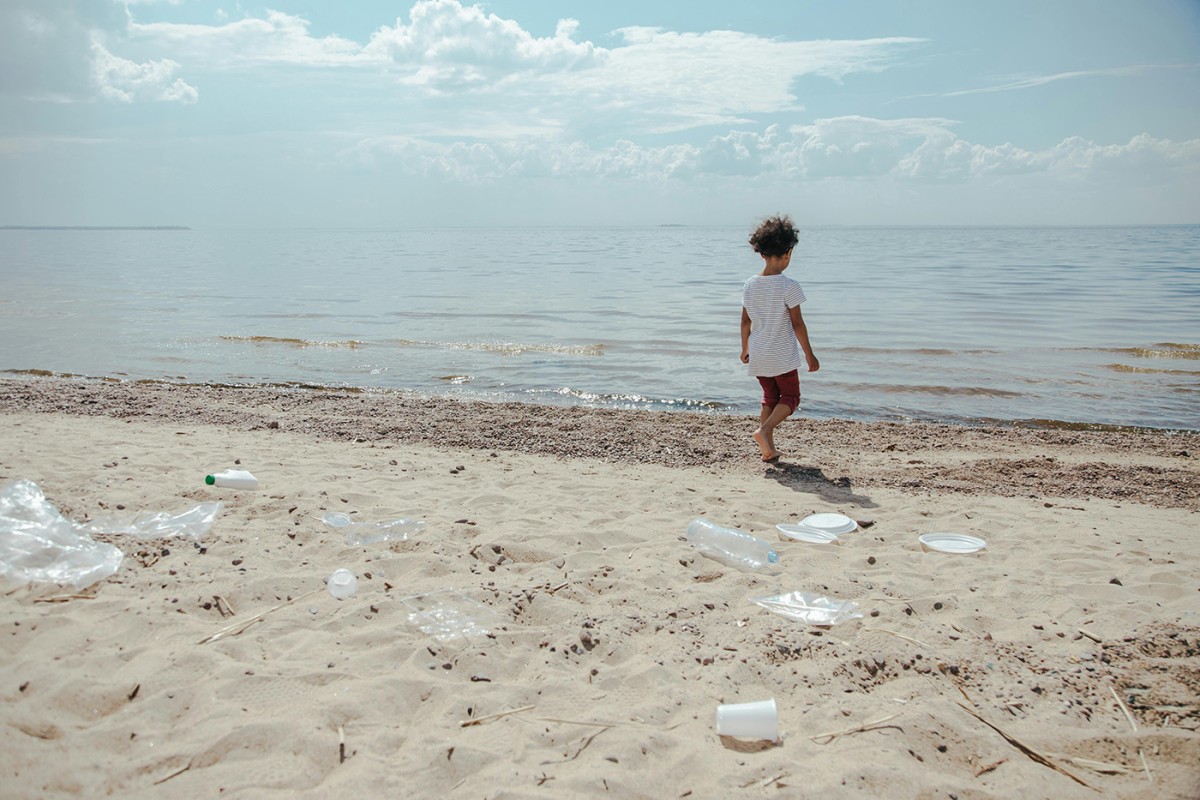There are Plenty of Bottles in the Sea – the 25 Year Plan and Bottles for Life

Antimicrobial 'Bottles for Life', how does that sound?
Theresa May’s 25 Year Plan to eradicate all avoidable plastic waste is certainly an ambitious one. In 2016 over 480 billion plastic bottles were sold globally and over 700,000 of these were littered in the UK each day.
Making up a third of all marine plastic pollution, it won’t be long before bottles outweigh fish in the sea. Nevertheless, we managed it with single use plastic bags, 6 million of which were removed from circulation at the last annual count.
Following May’s pledge and pressure from the Environmental Audit Committee, we are likely to see a price hike of 10-20p in bottled drinks. It is hoped that this surcharge, combined with greater availability of drinking water fountains, will encourage the use of reusable drinks bottles.
But why are we not doing this already?
The issue of large impractical drinks bottles has long since been resolved with lightweight, even foldable, versions now widely available at low cost.
A recent report by the BBC has revealed that one of the most common reasons for choosing disposable over reusable drinks bottles was concern over cleanliness and hygiene. If we are honest, this is not unfounded concern, with water bottles providing the perfect breeding ground for moisture loving bacteria not visible to the naked eye.
Treadmill Reviews found that while the average pet toy has less than 3000 colony forming bacterial cell units per square centimetre (CFU/sq cm), the average athlete`s water bottle has over 100x times this at 313,499. Even more worryingly over 60% of the bacteria swabbed had the potential to cause illness.
Of course, replacing your water bottle is not the only way to reduce this risk: there are plenty of bottles in the sea.
Keeping your bottle clean is a simple way to reduce the build-up of bacteria. If your bottle isn’t dishwasher safe add a few drops of dishwashing soap to the bottle with warm water and shake for 1 minute before rinsing and allowing to dry thoroughly overnight. You can also buy small brushes and bottle cleaning tablets to help with this.
Experts say that we should be cleaning our drinks bottles after every use. Although I think it is safe to say that many of us will admit to leaving a bottle days or even weeks without a thorough wash. So, how can we reduce bacterial growth between cleans?
When incorporated into a drinks bottle, Biomaster antimicrobial technology inhibits the growth of bacteria by up to 99.99%: 24 hours a day and for the lifetime of your bottle. Making a 'Bottle for Life' entirely possible.
About Biomaster
It’s easy to specify Biomaster into your bottle supply chain, we can even liaise directly with your moulder to ensure the optimal addition rate is achieved, providing you with the best level of antimicrobial protection without incurring unnecessary costs.
To find out more about Biomaster antimicrobial technology for a wide range of applications and materials, visit our Biomaster page HERE.
Or contact us today for a no obligation consultation to find a Biomaster solution for your antimicrobial bottle requirements.
← Back to blog



